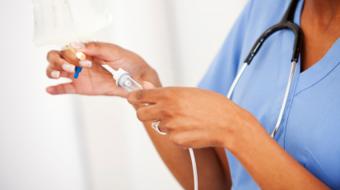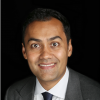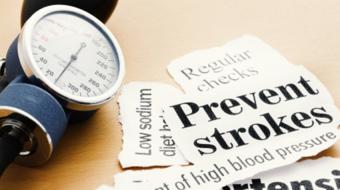Featured Videos
Premier Practitioners
All Videos
A stroke is caused by an interruption or reduction of the blood supply to part of the brain. During a stroke, the brain tissue is deprived of oxygen and nutrients. Brain cells start dying within minutes. If you experience a transient ischemic attack (TIA), also called a mini-stroke, you experience a temporary disruption of blood flow to the brain seeing your cardiolgist is important . An ischemic stroke is more common and is caused by a blocked artery. A hemorrhagic stroke is caused by a blood vessel leaking or bursting.
Stroke Risk Factors & Symptoms
Risk factors for stroke include:
• High blood pressure
• High cholesterol
• Heart disease
• Obesity
• Atrial fibrillation
• Diabetes
• Smoking
Non-controllable risk factors include age, which is probably the most important risk factor for stroke, gender (men suffer stroke more frequently than women), ethnicity and family history. Individuals who have had a family member who suffered a stroke under the age of 65 are at higher risk of stroke, even though stroke isn't considered a hereditary disease. It’s important to watch for stroke symptoms, as a stroke is a medical emergency that can lead to brain damage or death and seeing your cardiologist is crucial.. Stroke symptoms include:
• Trouble speaking and understanding speech
• Slurring your words
• Difficulty walking
• Numbness or paralysis of the arm, leg or face, often on one side of the body
• Vision problems
• Headache, often accompanied by dizziness or vomiting
• Confusion
Stroke Treatment
Stroke treatment will depend on what type of stroke you’ve experienced. If you’ve had an ischemic stroke, doctors will work to quickly restore blood flow to your brain. Ischemic stroke treatments include medications, tissue plasminogen activator (tPA) injections, emergency endovascular procedures, angioplasty and stents. Hemorrhagic stroke treatments are focused on controlling bleeding in your brain. These stroke treatments include medications and surgical blood vessel repair such as surgical clipping and stereotactic radiosurgery. Following a stroke, you’ll likely participate in a stroke rehabilitation program to help you recover function. Depending on the areas of the brain affected, your movement, sensation, speech, language, balance and vision may need rehabilitation.
Talk to your cardiologist if you'd like more information on stroke.
Visit HealthChoicesFirst.com for more videos and resources on heart health.
A sudden diminution or loss of consciousness, sensation, and voluntary motion caused by rupture or obstruction (as by a clot) of a blood vessel of the brain.






